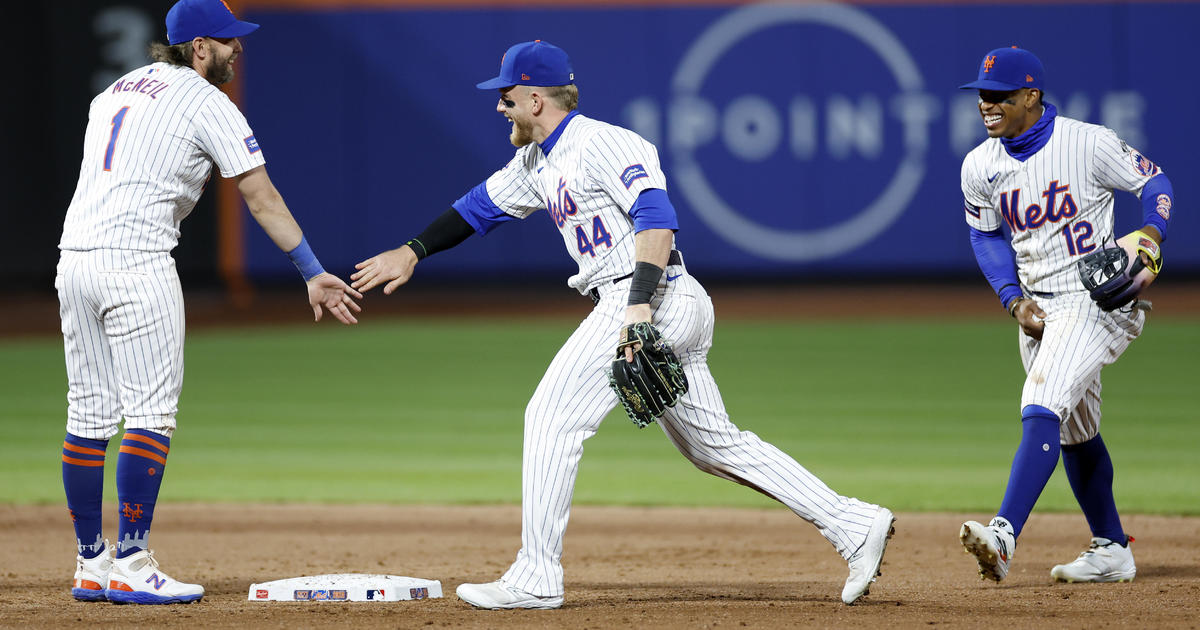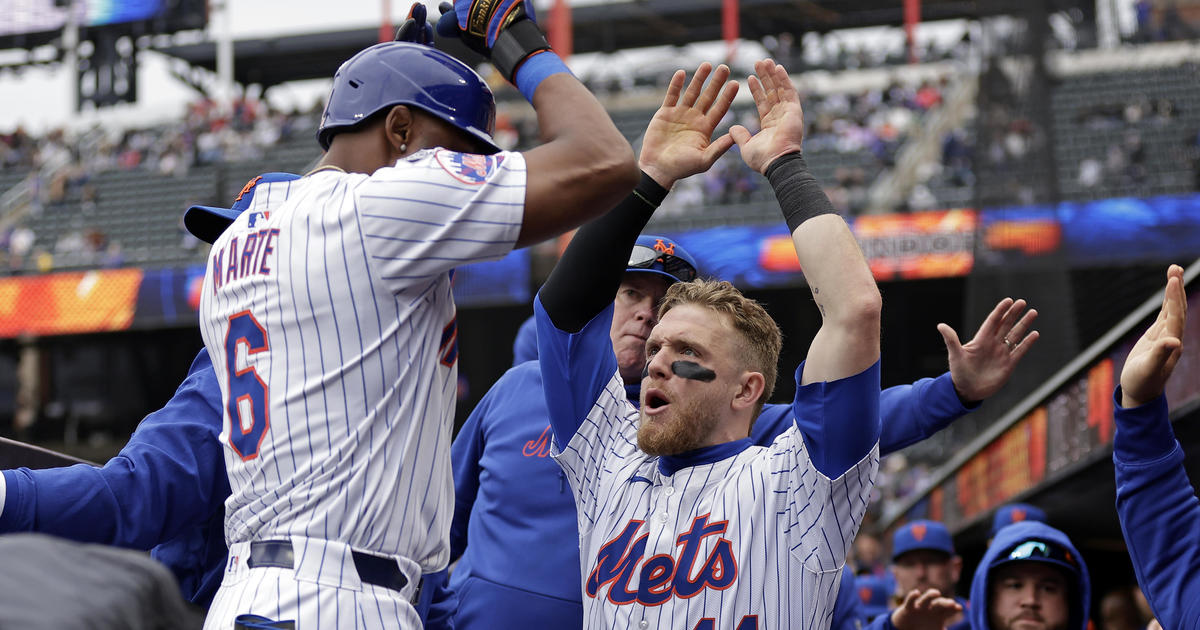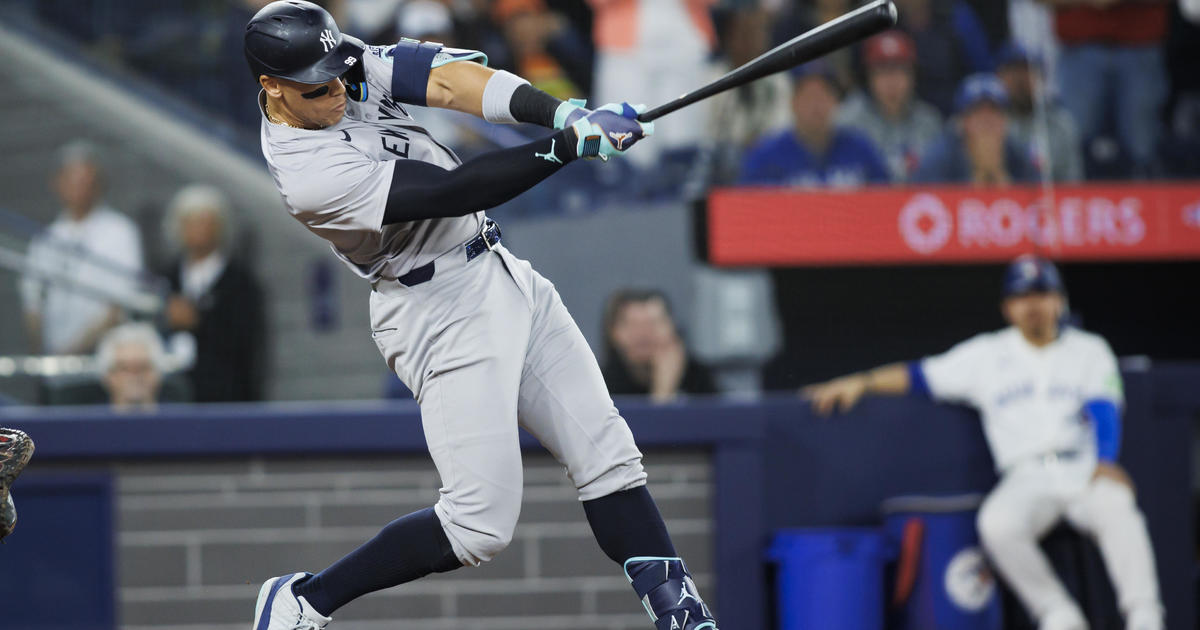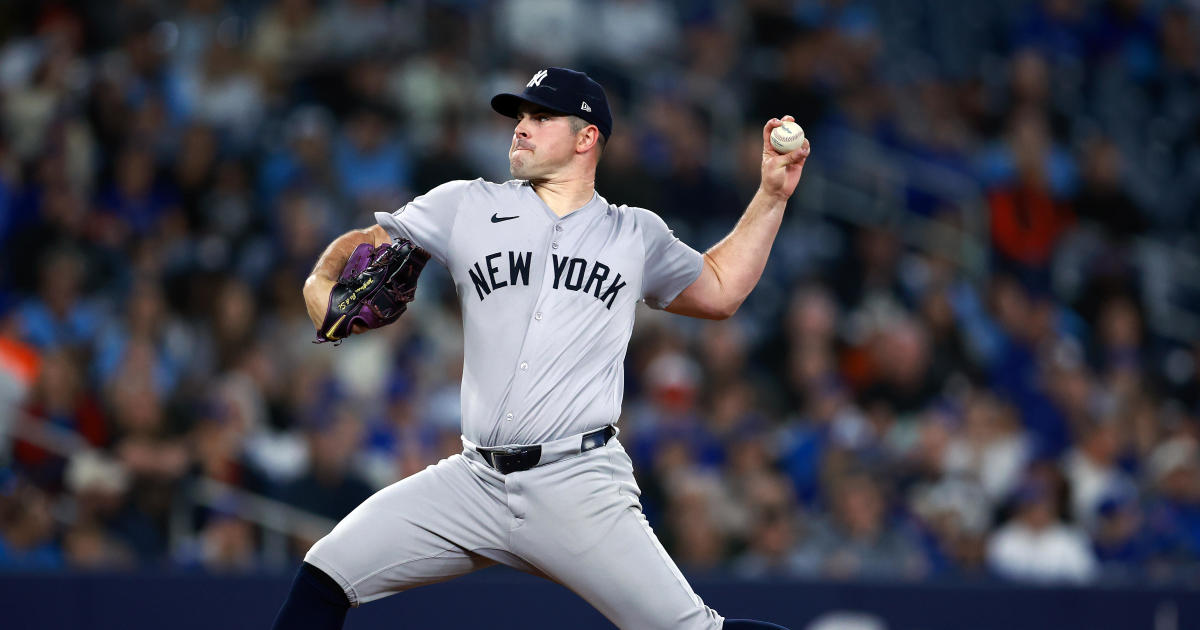Sims: Why MLB Pitchers Are So Susceptible To Injury
By Abby Sims
» More Columns
A Major League Baseball team has a five-man starting rotation but in the course of a season may start as many as 12 or 13 different pitchers due to injury. That requires great depth and that players at the Triple-A and maybe even Double-A levels be ready for action.
MLB.com lists 70 player injuries as of this writing, and 45 of those – 64 percent – are to pitchers. Looking at that from another angle, at least at the moment, pitcher injuries overwhelm those to all the other position players combined.
One reason for this is that the pitching motion is extreme and the constant repetition required to prepare and to compete creates undue demand. This can cause tissues to break down, particularly those at the shoulder, elbow and forearm. Even hips and knees are vulnerable because of the generation of power from the lower extremity; and ankles can be prone to sprain.
With shoulder and elbow surgery to pitchers fairly commonplace, and because of the extensive rehab required thereafter (anywhere from 11 to 30 months), pitchers, on average, stay on the disabled list for longer periods. This also skews the statistics.
So what is it about pitching that creates vulnerability?
According to Dr. James Andrews, the renowned orthopedic surgeon, the single most important factor resulting in elbow injuries to pitchers is overuse: daily, weekly and annually. He notes other primary factors as being insufficient rest, pitching while fatigued and poor mechanics. For younger athletes, playing on multiple teams or increasing demands by playing catcher when not pitching contributes to lack of rest and resultant overuse.
MORE: Sims: Analyzing David Wright's Reported Shoulder Impingement
Though in Andrews' interview he cites throwing curveballs and sliders as potentially increasing the likelihood of elbow injury, he is likely referring more to younger athletes who are not physically mature and whose mechanics may be faulty. It is generally understood that, in the pro ranks, fastball pitchers – who throw at an increased velocity – generate forces that place the greatest strain on the structures of the elbow and forearm. Thus there is danger in consistently throwing at maximum effort.
The doctor does point out an interesting conundrum, however, in that "players with higher velocity have longer careers and also perform better. Therefore, it would be unrealistic to recommend that pitchers simply not throw as hard. However, varying speeds might improve a pitcher's effectiveness and conceivably also reduce injury risk."
While some never return to competition after Tommy John surgery (studies show anywhere from 7 to 17 percent), others go on to complete as well (which is the goal) or even better than they had pre-operatively. Performance improvements may be attributable to the strength and conditioning programs during rehab or to a player having played with a mild or undiagnosed injury pre-operatively.
About half of the pitchers who have Tommy John surgery subsequently go on to have other arm injuries (many requiring surgery) – whether to the elbow or shoulder.
Surgeons are keeping an eye on an alternative procedure to repair the ulnar collateral ligament (UCL) at the elbow. It is referred to as a "primary repair" and is still in an experimental phase for professional athletes. Dr. George Paletta, who performed the surgery on former Cardinals reliever Seth Maness last year, believes it could replace Tommy John surgery because of the shorter rehab time. In place of a graft reconstruction of the UCL, the injured ligament is preserved and repaired to the bone. So far, with a smaller sample of (mostly younger) patients, the doctor reports a high success rate. However, earlier studies demonstrate that the procedure may necessitate a selection process that excludes older athletes with ligament damage that is not limited to either end of the UCL.
As for the shoulder …
If you take a look at the list of MLB injuries at any given time, the majority of players dealing with shoulder issues are bound to be pitchers. Just as with the elbow, repetitive motion at high velocity can make surrounding tissues vulnerable. With extreme ranges of motion and rapid deceleration added to the equation, as they are with pitching, the shoulder is at risk. Less than ideal mechanics can also set the stage for breakdown. Whether impingement syndrome, rotator cuff strains/tears, a torn labrum, or tears of the joint capsule, all are unfortunately fairly commonplace.
The Pitching Motion
At the end of the cocking phase of pitching, the pitcher's shoulder is at its maximum degree of external (outward) rotation. Though 90 degrees of outward rotation is considered normal for most of us, pitchers have a good deal more motion into this plane (consequently, many have more limited internal (inward) rotation than is classically "normal").
For a thorough but basic understanding of pitching mechanics take a look here. If you'd like to scroll through a comprehensive medical review correlating mechanics during specific phases of pitching with injury, this article provides more detail.
During the movement of external rotation, the head of the humerus glides forward, putting stress on the front (anterior) of the joint capsule and the ligaments. These are the restraints that provide joint stability. When a pitcher moves forcefully to his end range of outward rotation with his elbow at shoulder height, these structures are stressed to their limits. This can cause injury.
A pitching shoulder that has anterior instability creates undue stresses on the rotator cuff tendons (and the bursa in that region). This creates inflammation or ultimately tears.
Weak rotators – lead to impingement, as they no longer serve to effectively position the humeral head and keep it from riding upward. Other muscle imbalances at the shoulder girdle also predispose to inflammatory conditions and impingement syndrome. Impingement then puts the cuff tendons at risk.
The labrum is a fibrocartilagenous structure that deepens the socket of the shoulder, providing additional stability while also enabling the motion this ball and socket joint requires for function. If the labrum is torn, the resulting instability can cause the shoulder to sublux or dislocate.
Abby Sims is a licensed physical therapist with vast experience evaluating and treating orthopedic, sports and dance injuries. Follow her on Twitter @abcsims



